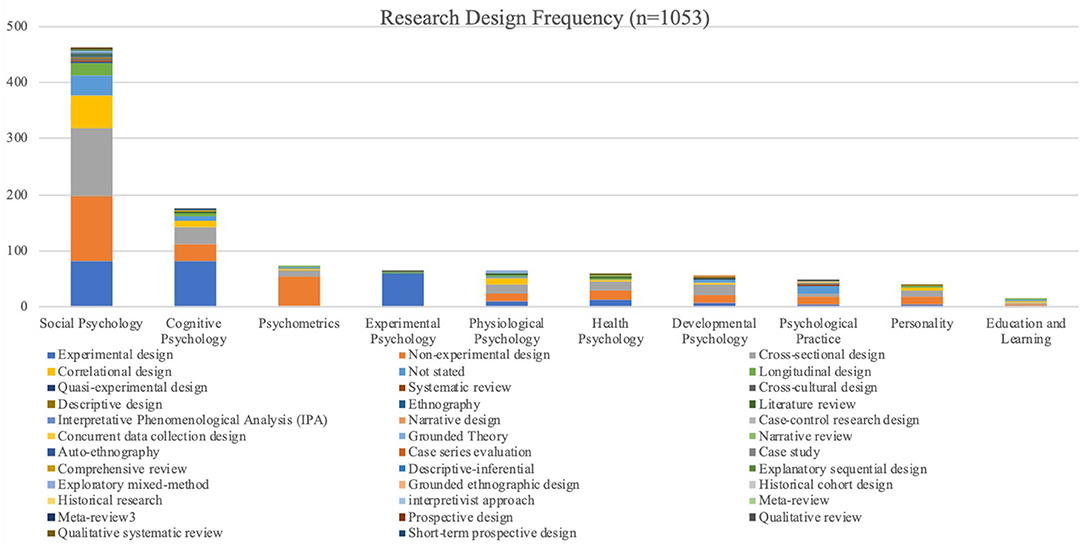
This study method provides excellent controls over the measurement process.Ĭross-sectional studies are only as good as the measurement processes that researchers used to collect data. Researchers can then collect a significant amount of information from a large pool of participants without a major time investment.Ĥ. Most of the data points collected using this method come from self-report surveys. This approach allows for usable data to become available without the risk of a significant initial investment. This advantage as possible because only a single time reference is under consideration. No follow up work is necessary when taking this approach because once the information gets collected from the entire participant group, it can be analyzed immediately. It is an affordable way to conduct research.Ī cross-sectional study is much more affordable to complete when compared to the other options that are available to researchers today.

This advantage reduces the risk of having bias creep into the information being gathered.ģ. The data gathering process goes quickly because everything occurs within the scope of the research method. There is no reason to manipulate the environment because this is not an experimental technique. Researchers directly observe the variables under study when using the cross-sectional technique. No variable manipulation occurs with a cross-sectional study. The goal is to look for a meaningful result within an expected boundary.Ģ.

That means there are fewer risks to manage if tangents begin to develop in the data. Researchers look at specific relationships that happened during a particular moment in time. This study takes place during a specific moment in time.Ī cross-sectional study has defined characteristics that limit the size and scope of the work. List of the Advantages of Cross-Sectional Studiesġ. Several advantages and disadvantages are worth considering when looking at cross-sectional studies. That means researchers are unable to determine the cause of something, such as an illness, when using this method. They are sometimes described as descriptive research, but not causal or relational.

These studies are observational in nature. By taking this approach, any differences that exist between the demographics would be attributed to characteristics instead of something that happens. Their work would look at one investigatory point at a time. Researchers who are following cross-sectional study techniques would study select groups of people in different age demographics. Social sciences and educational processes benefit from this work. It is often used in developmental psychology, but this method is also useful in several other areas. The participants who get involved with this research are selected based on particular variables that researchers want to study. A cross-sectional study involves the review of information from a population demographic at a specific point in time.


 0 kommentar(er)
0 kommentar(er)
